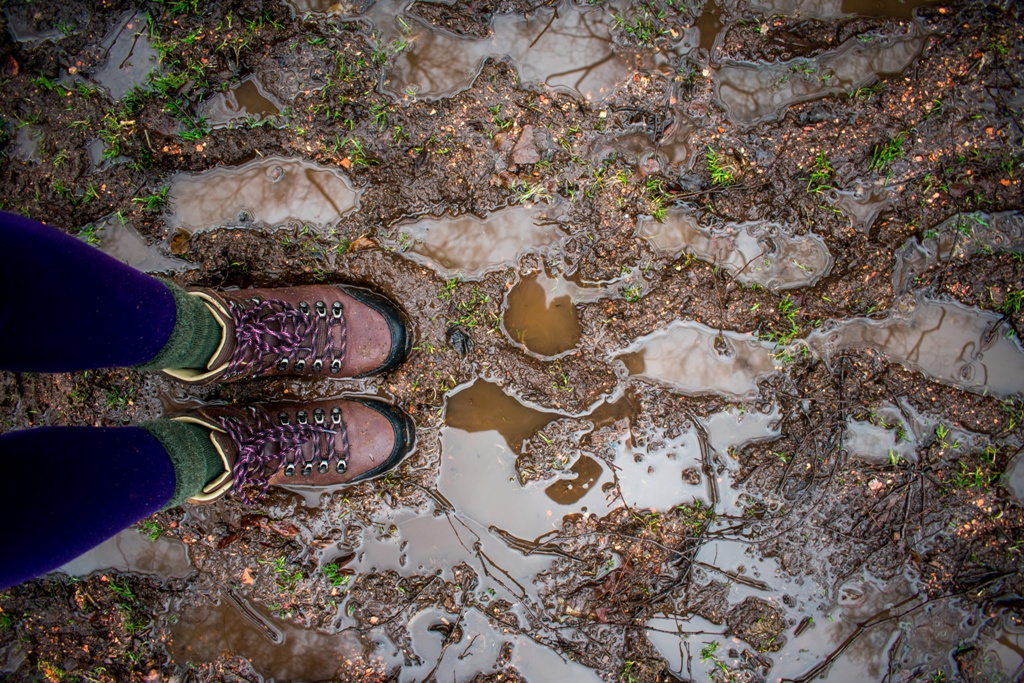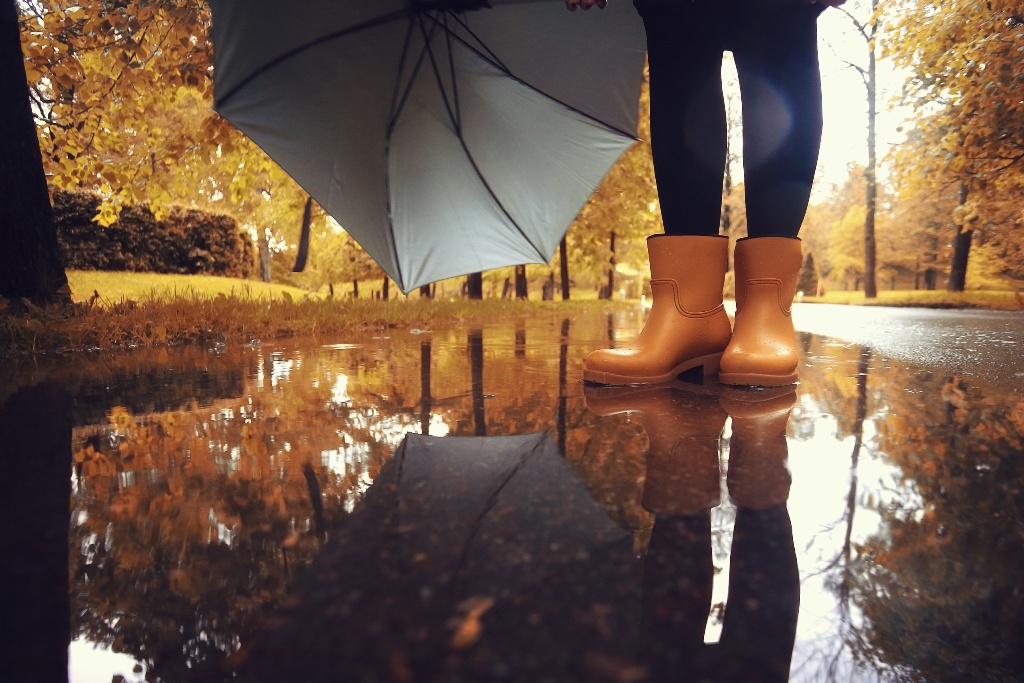One of the most uncomfortable feelings to endure is walking in wet boots. This is inevitable, especially if you regularly work in a wet environment. Often, wearing wet boots can also affect your safety and overall work performance.
Wet boots can cause bad odor to your feet and put you at risk for blisters and sore feet. Moreover, leaving your boots wet for longer periods can damage them pretty quickly. That is why you must know the proper way to dry your boots. Knowing how to dry your wet boots not only guarantees that you’ll wear a dry pair the next day, but it can also prevent further damage.
There are boots such as crisp leather work shoes that are waterproof and designed for wet weather conditions. However, your boots still need proper maintenance for them to last longer. Even the best-made boots out there are still prone to damage if not properly maintained.
To prevent damage to your boots, here are a few tips to guide you in drying them properly:
1. Clean your boots as soon as possible.
As soon as you take off your wet boots, start the drying process immediately. The earlier you start, the more drying time your boots will get throughout the evening. Before you start drying them out, any dirt or debris must be cleaned first. Leaving dirt and mud on your boots while they’re drying could lead to permanent stains, especially on the surface.
2. If possible, remove the insole first.
After cleaning your work boots, remove the insole, if possible. These may not apply to all types of boots as there are some with non-removable insoles. Doing this allows each insole to dry separately. Plus, it will promote better air circulation inside your boots, allowing them to dry faster.
3. Remove the laces as well.
To ensure your boots dry faster and more efficiently, it’s best to remove their laces. This may seem like a hassle, but doing so would let the air circulate to the hidden and covered parts of the boots as well.
4. Never place your boots in direct heat.
Most of you may think that putting your boots directly under the sun or other heat forms will make the drying process faster. Unfortunately, doing so will only cause damage, cracks, and wrinkles on the material. The heat can also affect the glue used to hold your boots together. Overall, exposing your boots under direct heat is not advisable.

5. Use a fan.
One of the safest methods to dry your boots properly is using a fan. The fan will blast fresh air to your boots, so they can dry quickly. Don’t forget to place a towel underneath your boots to soak up any water droplets. For better results, leave the fan running overnight, and you’re guaranteed to wear a dry pair of boots the next day.
6. Apply the newspaper method.
The newspaper method is more applicable to thinner boots. This method may take a bit longer compared to the fan method, but it’s very easy to do. You only have to stuff your boot’s entire interior with newspaper rolls and let the paper soak all the water inside. Keep in mind not to squeeze the rolls too tightly as each piece needs space for them to absorb properly.
Once the first batch of newspaper rolls are soaked with water, replace them with another set, or as many times as needed before you leave them to dry for the night.
7. Dry them with towels.
This method is more applicable to light leather boots. Using your towels is very similar to the newspaper method, except the towels are used to absorb moisture by wrapping your entire boots with them. It’s best to use old towels for this technique. After the first towels are soaked with water, replace them with a new set, then leave them overnight.
8. Place them in a dry room.
After you’ve done the steps mentioned above, it’s time to place your boots in a dry room. Placing your shoes in a cold and wet room will only delay the drying process, putting all your hard work to waste. Ensure that the room is dry and warm before leaving them overnight.
Bottom Line
Your boots will inevitably be wet again, either due to rainy weather or your natural work environment. Fortunately, the tips above can help you dry your boots quickly while prolonging your boot’s lifespan. All these methods do take time, but the good thing is, all these tips are reliable, free, and safe. Plus, a pair of dry boots also means a pair of dry and healthy feet!






